Gardening is therapeutic, but growing a vegetable garden can also feed your body with wholesome, organic vegetables. Knowing where your vegetables come from can nourish your soul and ease your worries about what you are eating. Let’s look at vegetable gardening for beginners.

Why Garden?
Many people garden just for exercise; bending, toting, and stooping are good for you, as is the Vitamin D you soak up from being in the sunshine. But more than that, you will enjoy a few things:
- a peacefulness brought by mindless weeding
- the warmth of the sun beating down on your neck while harvesting
- the joy of watching butterflies, bees, and other tiny visitors flitting about
- see more benefits of gardening here
If you’re just starting, vegetable gardening may seem daunting and somewhat stressful rather than peaceful. There are many things to remember, and everything is new. For the novice gardener, no matter how intent on growing your own vegetables you may be, it’s work. But never fear; you can do this, even if you are a beginner!
As you become more experienced, things start to fall into place, and peace and tranquility creep in. Soon, you’re looking forward to the weekend when you can spend all day outside:
- turning compost
- digging garden beds
- building fences and raised beds
- growing and tending your plants
After a while, you wonder what you did for relaxation before gardening. Every season, you’ll learn more about how to set up systems for success in your garden. Things that once seemed insurmountable are easy. You’re no longer a beginner. You can now call yourself a vegetable gardener! Gardening for beginners is not that hard after all.
Vegetable Gardening For Beginners – How To Start
You can start a garden in many ways. Some people start seeds in paper cups in their kitchen; others plant container gardens or use a cold frame to begin, and some purchase starter plants from a nursery to plant right in the ground.
No matter what you do, the only way to start a vegetable garden is to do it.
Start using a cold frame, poly-tunnel, or greenhouse
You can extend the growing season when you start a vegetable garden using a cold frame, poly-tunnel, or greenhouse.
What is a …
- Cold frame: a simple south-facing frame with a glass lid sloping from a higher back to a lower front, ideally hinged at the back so the lid can be lifted on a warm and sunny day.
- Poly-tunnel: a polyethylene structure designed to protect a row of plants or a section of a garden. It covers the plant, allowing warmth and keeping the wind and cold from affecting the plants.
- Greenhouse: a structure with walls and roof made of transparent material, such as glass or plastic, that allows plants to grow year-round without the effects of climate (sometimes called a glasshouse).
A cold frame or grow house?
Starting plants in a cold frame allows you to begin earlier than planting directly in the ground because it gives your seedlings a protected head start. It also allows you to grow more exotic vegetables such as aubergine (eggplant), sweet pepper, and chili pepper, which take longer to bear their harvest.
If you have no room for a large cold frame, you can buy an inexpensive grow house, a simple framed shelf unit with a plastic cover and door. Grow houses work well and can be heat-regulated by opening the door on warm days. They come in various sizes, so you should be able to find one to fit your space.
Even if you start your seedlings inside and give them plenty of time to develop, they will still need protection when they first go outside. A slight, breezy chill could destroy young sensitive plants; this is where a cold frame or a grow house is handy.
These tools protect young plants while they get used to outdoor conditions, a process called hardening off. And a more extended season will give your plants more time to develop before facing the elements.
Here are some ideas for buying and handling young plants to begin a vegetable garden.
Poly-tunnel or greenhouse
You will improve your yields if you have space and are interested in using a polytunnel or greenhouse. You can also begin a vegetable garden earlier in the season and eat salad all year round. Plants like sugar peas and potatoes will be ready very early. Eating homegrown new potatoes in April is a real treat.
Growing tomatoes, some fruits, and vegetables under glass will double your harvest. And you can even grow melons, sweet peppers, and chili peppers.
If you use an 8 x 12-foot greenhouse, you’ll have fresh tomatoes all summer, plus enough for making chutneys, soups, and ketchup! The crop will quickly fill a four-foot chest freezer so you can make tomato sauce year-round. You may never buy tomatoes (fresh or canned) again.
The outlay of a greenhouse can be expensive, but if you are willing to dismantle someone’s unwanted greenhouse, you can sometimes get it for free. Look on Craigslist or Freecycle to see what you can find. If you can’t get a greenhouse for free, check out eBay for bargains.
Of course, you can always build your own greenhouse or buy a new one. Some garden centers will even set them up for you.
Poly-tunnels are an excellent alternative; most garden centers sell various sizes. They are smaller and can be moved to protect your plants as you need them. Pole frames where you place plastic sheeting, making a mini greenhouse.
With poly-tunnels, you plant your seeds or seedlings directly in the ground and then put the poly-tunnel over the top to protect them as they grow. When the plants are large and hardy, you can remove the poly-tunnel.
How To Start A Vegetable Garden From Seeds

Seeds fascinate the young, the old, and everyone in between. It’s exciting when you start to see them grow, no matter how old you are or how new to gardening. At the start of the season, you have packets of tiny grains; at the end of the season, you have a cupboard full of preserves, a freezer full of soups, and a bag of frozen vegetables for the winter.
What magic!
But the magic doesn’t stop with germination, as your seeds will do nothing without just the proper heat, the perfect level of moisture, and the correct light. Some pepper seeds will not germinate until they have a certain number of hours of light. Sweet corn needs hot weather and long, dark nights to grow successfully.
Yet, starting vegetable garden seeds is the most rewarding and inexpensive way to produce a lot of vegetables.
Planning a Vegetable Garden

Plan ahead when to plant all your crops. They all need different times to maturity, which will determine how far in advance your seeds should be planted.
If this is your first vegetable garden plot, not only do you need to decide what you would like to grow, but you should also have some garden plan ideas. That is, where each plant will grow, mature, and produce.
After you decide which vegetables you want to grow in your garden, the next step is planning how many of each plant you need to sow.
Not all seeds will germinate, and some will not be hardy as they grow. In addition, most starter seedlings need to be thinned because too many will germinate and grow too closely together. This means you will need to remove the weaker and extra plants, leaving only the number of plants you wish to grow in your garden (but plant extra seeds just in case).
Start them early because your vegetable plants need enough time to grow and mature.
10 Tips for Starting Vegetable Garden Seeds

You may have a gardening guide or book that tells you when to plant various vegetables in your location. However, following the seed producer’s recommendations is best, even if your expert gardening book tells you to do it differently. Here are ten tips to help a beginner (or anyone) start a vegetable garden.
1. Follow the instructions
Follow the instructions on the seed packet. Although this sounds simplistic, this is important.
A book may tell you that it is best to start vegetable garden seeds for certain vegetables in a particular month, but the seeds you buy may contradict your guide.
This is because the best sowing advice comes from the seed producer’s instructions for your seed packet. Seed producers methodically cross plants to produce specific characteristics. Because the seeds have been extensively tested before going on the market, be assured that the seed packet instructions are correct.
Books and guides get old, so your book may no longer be current. Of course, this does not mean that vegetable-growing diaries and planners are not helpful; on the contrary, they help you keep track of your sowing time slots, and it’s just good practice to cross-reference your seed pack with your planner.
2. Use a propagator
Your germination success rate will be much higher using a propagator (a covered box of soil). It provides a stable environment for germination and will improve your success with seeds.
If you are sowing vegetable seeds such as eggplant, peppers, and tomatoes, getting them started early is essential because they have a very long time to mature. You may sow tomatoes indoors in February, so a propagator would be essential.
3. Make a chart
When starting vegetable garden seeds, chart sow times to organize your space for moving each plant. Then, follow the seed packet instructions and chart which seeds are sown and when.
Once your seeds have started to germinate, you will need to have somewhere warm for them to go to free up your propagator.
4. Transplant your seedlings into composted soil
Use general-purpose compost or seed compost for sowing and potting.
Many gardeners use general-purpose compost and never have a problem with germination rates, so the price for “seed only” soil is unnecessary and costly.
Make sure whatever kind you use is pasteurized to kill pathogens.
5. Use tempered water to keep your seedlings moist
Make sure you water with tempered water only. This means that it’s warmed up, not straight from the tap. It also means that if you have chlorine or other additives in your water, these will have evaporated away, so it’s best to let your tap water sit out for a few days before using it.
The best kind of water is rainwater, harvested from your roof into a rain barrel.
Keep the soil moist but not saturated, and water regularly. Seedlings that dry out will die, and waterlogged seedlings will also die.
6. Provide the right light
Ensure your seedlings have plenty of light; otherwise, they stretch their stems and become too leggy. You can use artificial light if you need it.
Plants should be short and robust rather than long and flimsy. However, certain plants, such as the brassicas and tomatoes, can be potted on with most of their stem buried; in this way, they’ll throw out more roots.
7. Thin Out As Needed
If you need to thin out seedlings, pull the smaller seedlings out to leave more vigorous plants to grow.
8. Repot seedlings
Pot on seedlings before they become too big or pot-bound; always hold them by their leaves, not their stem.
9. Over-sow to prevent failure
Plant more than you need. Some seeds fail to germinate, and some could be weak, so always over-sow seeds by at least 20%.
10. Sow quick cropping plants over and over
Succession sow seeds for quicker cropping plants. Plants like lettuce have a limited life; if they are in the ground too long, they will bolt and seed. Therefore, sow lettuce seeds every three or four weeks.
After starting vegetable garden seeds, once they have germinated and grown young seedlings, you will need to know how to handle plants so you don’t damage them when you move them. Here are some more first-time gardener tips.
Container Gardening For Beginners

If you want to grow your own food but don’t have much space, you’ll be amazed at how much you can produce even in the smallest spaces. Pots and containers or a small strip of soil in a sunny spot can provide delicious vegetables, sometimes all summer long.
Growing your own vegetables will save you money. Even if you consider a box of mixed-leaf salad, which will cost you around $1.50 in the supermarket, for the same price, you can keep yourself in salads for a year.
When I first started growing vegetables, I only had a narrow courtyard with very little light, so I had no option other than to start small. Yet, I managed to grow a vegetable garden containing a few tomato plants, two large pots of herbs, and lettuce. I was happy to enjoy free fresh salad all summer long.
Grow herbs by a sunny window

You can even grow salad and herbs on a window sill if you have no outside space.
Pots and window boxes are ideal for bush tomato plants, strawberries, salad, and herbs. You can grow courgettes (baby squash) in a large pot, and as long as they are fed well, they will produce plenty of fruit. Even cabbage and cauliflower will do well in pots.
If all you have is a patio or a rooftop space, that’s also perfect: plenty of light. And that’s one significant advantage. On the other hand, if there is too much light for your particular plantings, you can always shade sensitive plants with sun-loving ones or move pots to a natural shade in another spot.
You can even grow potatoes on the patio; they do exceptionally well in specially designed potato grow bags.
Don’t have a patio or a roof? What about a wall? If you have a south-facing wall, why not attach a trellis and grow vertically? This is ideal for climbing plants like runner beans, peas, and mangetout, or if your wall has limited light, try growing a salad wall.
Knowing how and when to pot on or transplant each vegetable plant is worth understanding for plants that can be raised in pots.
How to make a vertical garden – salad wall
Make your own vegetable garden salad wall in four easy steps:
- Cut off eight one-gallon plastic milk bottle bottoms and pierce the lid with several drainage holes.
- Invert the bottles and slide them onto two wooden battens, four on each batten.
- Attach each batten to a square wooden frame and hang the frame on a wall.
- Fill the jugs with compost, water well, and plant with young salad plants. Once they mature, you will be amazed at how attractive they look and how well they produce.
Another way to think about a small vegetable garden is to use pots to grow some high-value crops that are often on your shopping list. Fruits like strawberries would be ideal and can be expensive in shops. So can soft herbs, such as basil and coriander, and a potato bag of very early potatoes will be much cheaper than buying Jersey Royal new potatoes.
Growing A Vegetable Garden In A Large Plot
When starting a home vegetable garden on a larger plot, you must sort the plants by groups and introduce crop rotation. This will maintain and improve the soil in each area, help with the production, and control pests and diseases. See how to plan your veggie garden step by step here.
You must follow some simple rules about vegetable groups and seasonal group rotation to grow a wide variety of vegetables. Assuming you have worked out precisely what you would like to grow, let’s talk about groups and the soil conditions that these plants prefer.
Planting a vegetable garden in groups
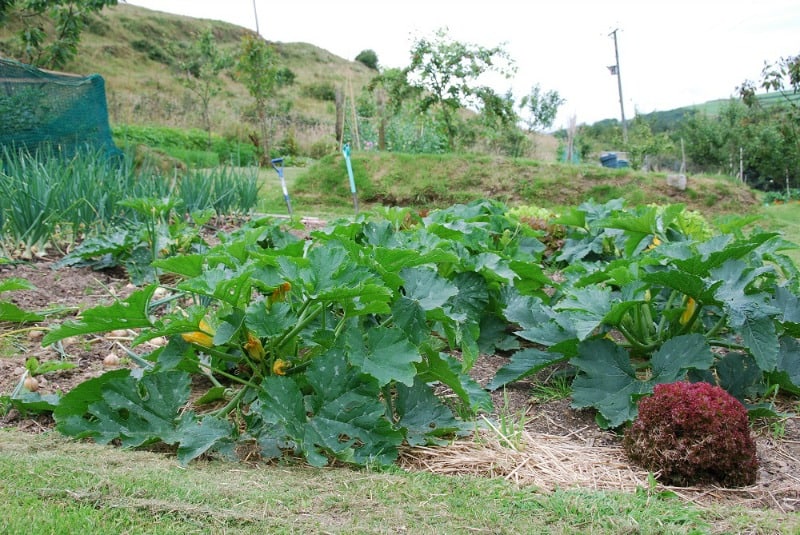
The vegetable growing process is pretty straightforward forward. As long as you have warmth, moisture, and light, you should have no problems with germination, but for plants to thrive, certain vegetables will need specific conditions.
Grouping plants is a helpful way to plant a garden. We group our plants by the nutrients they need in the soil. Grouping allows you to rotate your plantings yearly to improve the soil and reap the benefits.
The groups we suggest are the following:
- Brassicas
- Legumes
- Roots
- Cucurbits
- Alliums
Brassicas group
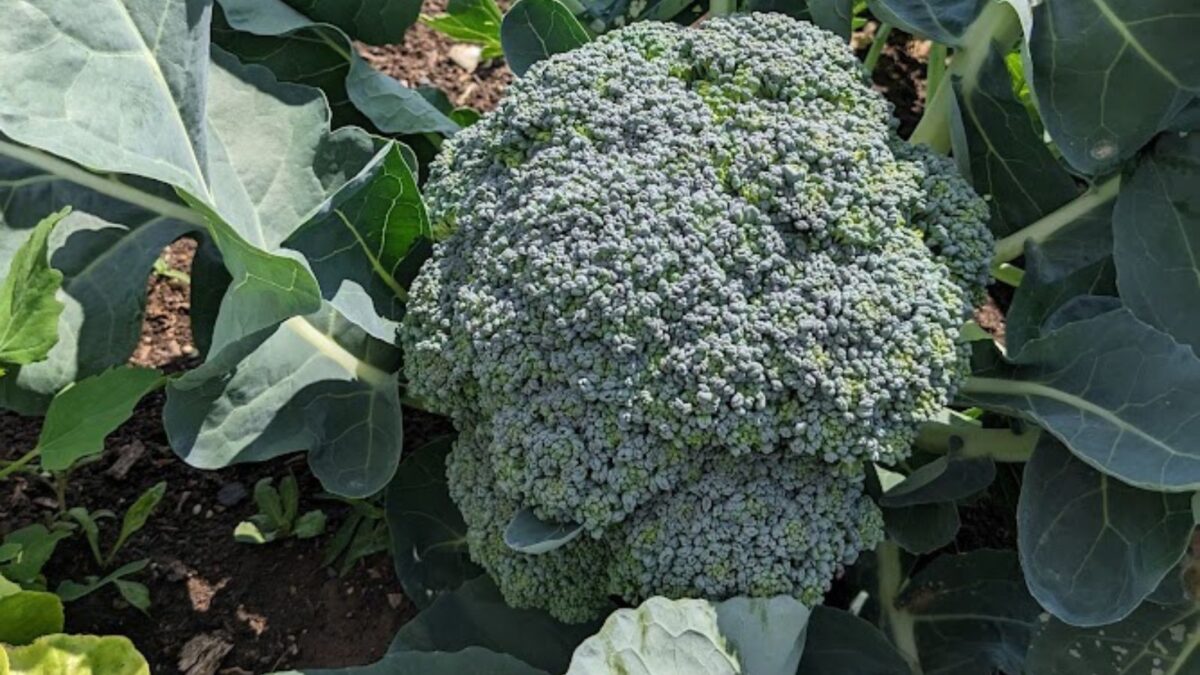
Brassicas include cauliflower, broccoli, cabbage, swede, calabrese, and Brussels sprouts. Vegetables in this group tend to be very big and leafy. Because of this, the soil will need a good balance of soil nutrients and a specific soil PH to unlock the nutrients they need.
The brassica group enjoys a rich soil you should feed it with well-rotted manure. But because they like alkaline soil, we add the manure in the fall to allow the acid to settle and then dress the plot in horticultural lime a couple of weeks before planting.
This is when a pH kit would be handy. Choose a good quality soil test kit so you know the pH of your soil.
When you test the pH, you are looking for a result of between 6.5 and 7.0, and as long as the bed achieves this, there is no need to do anything. However, if it is below 6.5 you will need to dress the soil with a dusting of Dolomite Lime to correct it.
Here’s a list of brassica vegetables (also known as cruciferous) with growing tips.
Legumes group
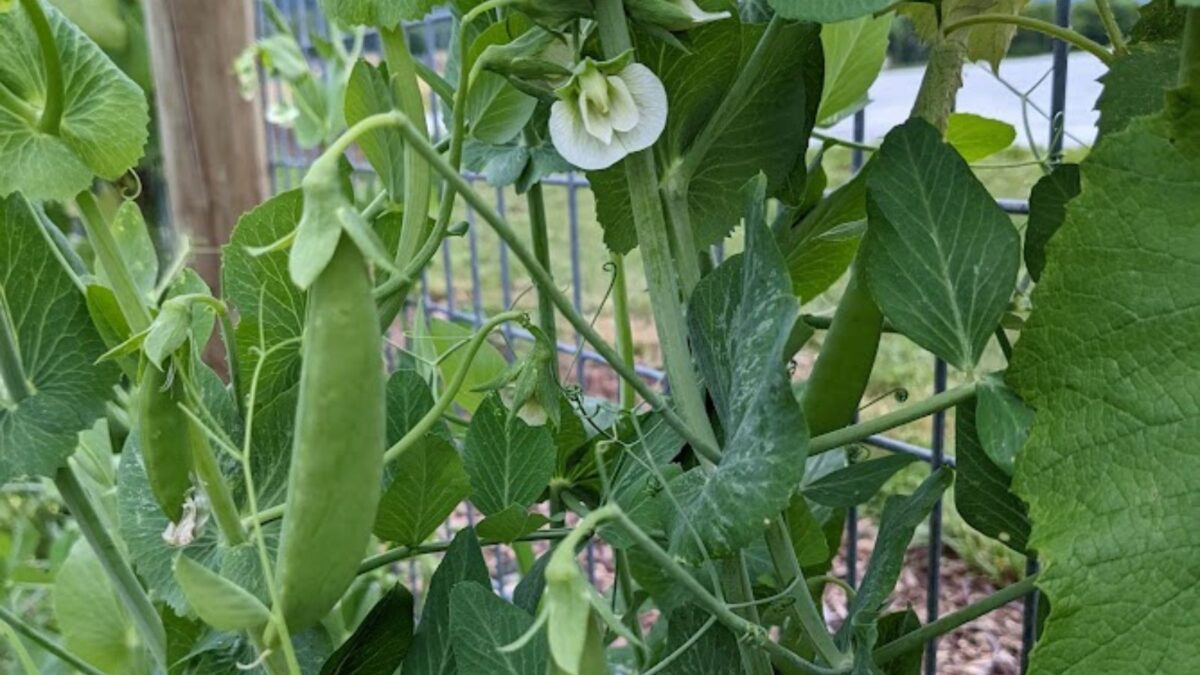
The legumes group includes runner beans, broad beans, and peas, and (as weird as this sounds, and how unusual it is) this group takes its nutrients from the atmosphere, storing nitrates in its roots to aid the green leaf growth.
Legumes don’t require the soil to contain high levels of nutrients, but they do require a soil that retains plenty of moisture. We use a traditional way of preparing the soil for the legumes, which helps produce water-retentive soil.
We use an old-fashioned method of digging a trench in autumn, lining it with newspaper, and filling it with kitchen waste before back-filling. When we are ready to plant in the spring, the trench has formed a natural shallow that will help hold moisture for these plants.
Never dig up legumes when they have finished; just cut them off at the step and leave the roots in the ground to rot. This will release the nitrates the legumes have stored in their roots, feeding the soils for the brassicas, which you will rotate into the legumes plot the next year.
Roots group

This group includes potatoes, carrots, parsnip, and beetroot. These vegetables cannot be started in pots as they won’t react well to moving. If you try transplanting them and you bend their roots, they’ll repay the favor and reward you with bent vegetables.
Garden compost acts as a good feed for the roots group, although adding manure, seaweed, or comfrey (or all three) will help the faster-growing and greedier potatoes. We also add fish blood and bone fertilizer.
The manure adds a general feed to the soil. Seaweed is an excellent tonic, protecting the roots from disease and insects. It also helps build rhizobia bacteria in the soil. The fish, blood, and bone add phosphorus to help root development.
As far as possible, plant your carrots and parsnips in stone-free soil; otherwise, you’ll end up with some odd-looking vegetables. If you have very stony ground, try growing dumpy, shorter carrots. Or use a metal spike to hammer in and clear a stone-free path, fill the hole with general-purpose compost, and sow a few seeds on top, thinning to one strong seedling.
Cucurbit vegetable group
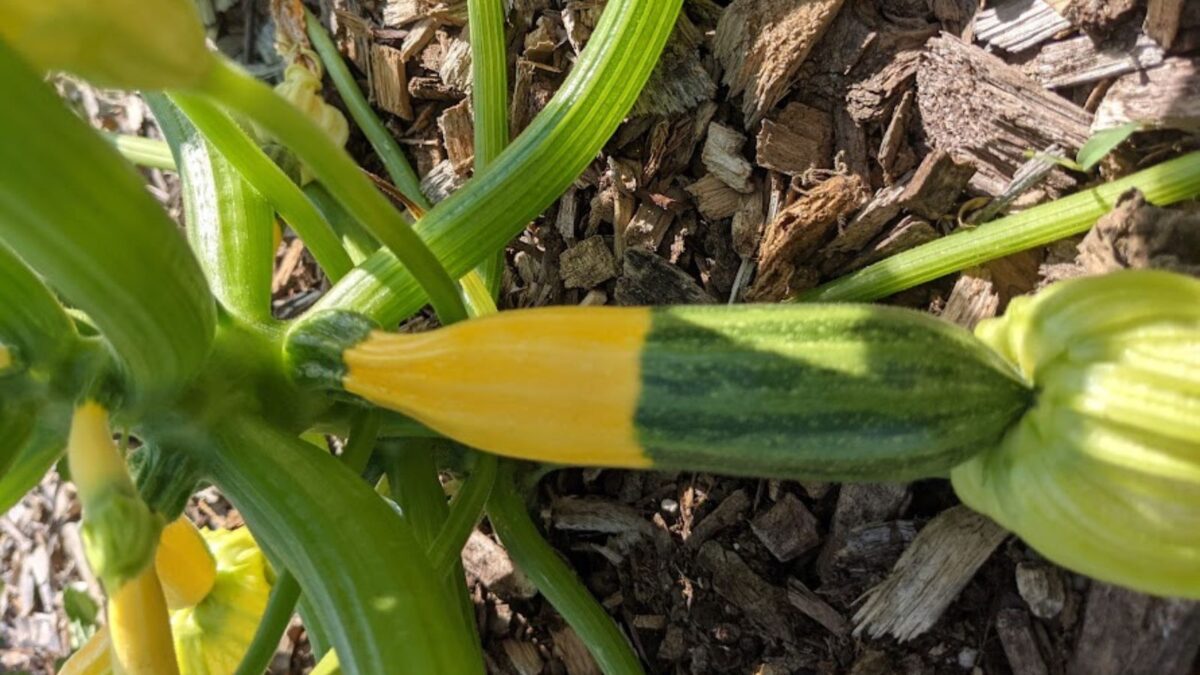
The cucurbits are the courgettes, pumpkins, marrows, and other squash. They are all great “starting a home vegetable garden” plants that are prolific and greedy. But cucurbits can’t go into the ground until the risk of frost is well behind.
Because of their fruit production, they will need a lot of feeding. We add the contents of all our compost bins (we also use the wormery) to feed the greedy cucurbits, as well as feeding them a liquid comfrey tea every week, once they have started to flower.
Cucurbits care and diseases and pests are not that much of an issue. Occasionally, you’ll need to look out for a few troublesome slugs.
Allium vegetable group

Alliums include bulb plants such as onion, leek, and garlic. They are all shallow rooting plants so any goodness needs to be near the surface.
A dressing of well-rotted manure with a light dig would be the perfect preparation for this group.
Combining Groups
When you are planting a vegetable garden at home, once you have worked out the size of each group in your garden design, you can add other plants, such as lettuce and spinach, to a group that takes up less space. For instance, if you only have a few brassicas, you can fill in space with lettuce, spinach, and tomatoes to make it the same size as your other garden sections.
You can also join some groups together. Perhaps if you weren’t planting so many pumpkins and marrows, you can join them with the onions and leeks that take up less room.
How to rotate vegetable groups
To prevent depletion of the soil nutrients, the vegetable garden needs to be split up into different growing groups. You’ll need to rotate crops to keep production healthy.
The principle of crop rotation is designed to minimize pests and diseases and has been practiced since Egyptian times. Much later, in medieval times, the three-field system was used, allowing a bean or lentil crop to re-nitrate the soil.
In the 1700s, the four-field system was pioneered, introducing a year of turnip production and a year of growing clover.
The turnips were used as winter livestock fodder, and the clover was grazed so that the soil gained from the addition of nitrates from the clover, which fixes nitrogen, and the addition of animal dung being left as animals grazed.
The four-field system increased crop yield, which can only mean that the system increased the level of soil nutrients.
Before introducing a crop rotation, you must know which plants belong to which group. Plants of the same group use the same nutrients, are susceptible to the same diseases, and are attacked by the same insects.
Here’s how a rotation cycle will look like in your vegetable garden:
- brassicas move to the legumes
- legumes move to the roots
- roots switch to the alliums
- alliums are planted in the bed that was previously cucurbits
- and finally, the cucurbits move to the freed-up brassica
Harvesting Vegetables From Your Beginner’s Garden
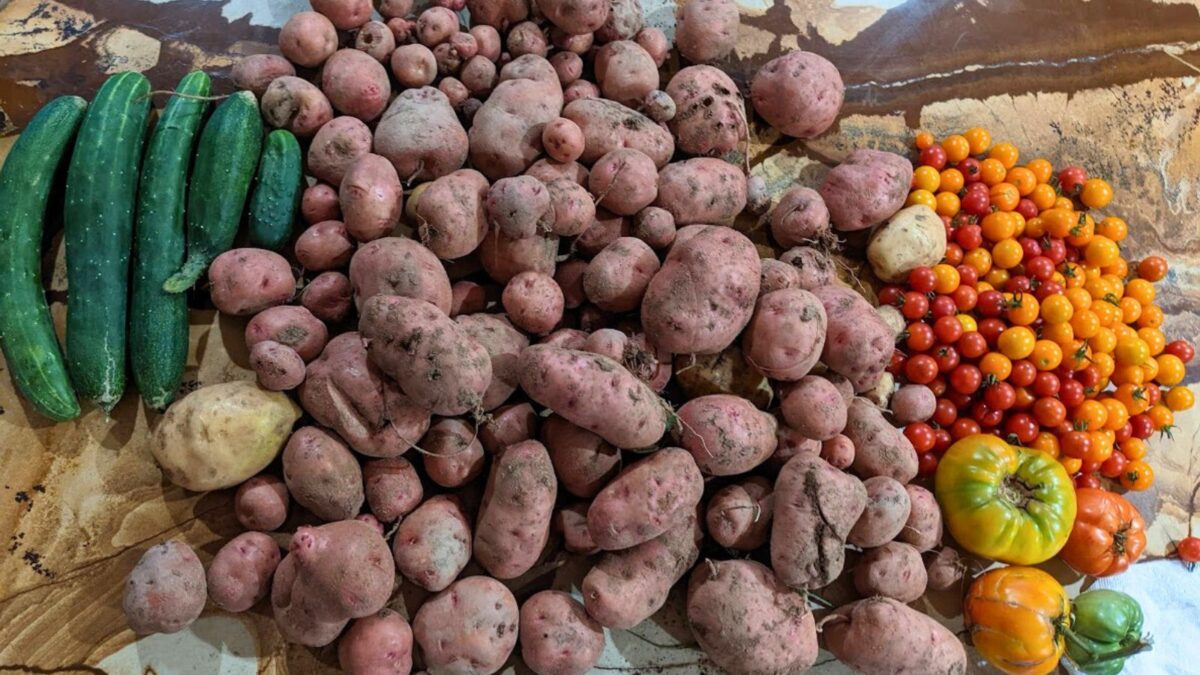
When gardening vegetables, there will come a time when all your work of sowing, planting, watering, and weeding will come to fruition, and you will be rewarded with masses of fresh vegetables from your plot.
Harvest time is a reward for your hard work. Of course, it brings more work, but the delicious vegetables on your plate will make it all worthwhile.
The only trouble with the harvest is that when it comes, it comes in thick and fast. And sometimes you just don’t know what to do with all this delicious food.
One thing to remember is that sometimes there will be a waste. This is a fact of producing your own vegetables. Some vegetables mature so quickly that you will miss the prime harvest time. Many of your plants will produce so many vegetables that using them all will be impossible.
However, you can minimize the waste by donating your extra vegetables to a food pantry or shelter. And, of course, share some of the bounties with your neighbors.
Freezing your harvest is probably the fastest way to save it for later use.
Collecting the vegetables
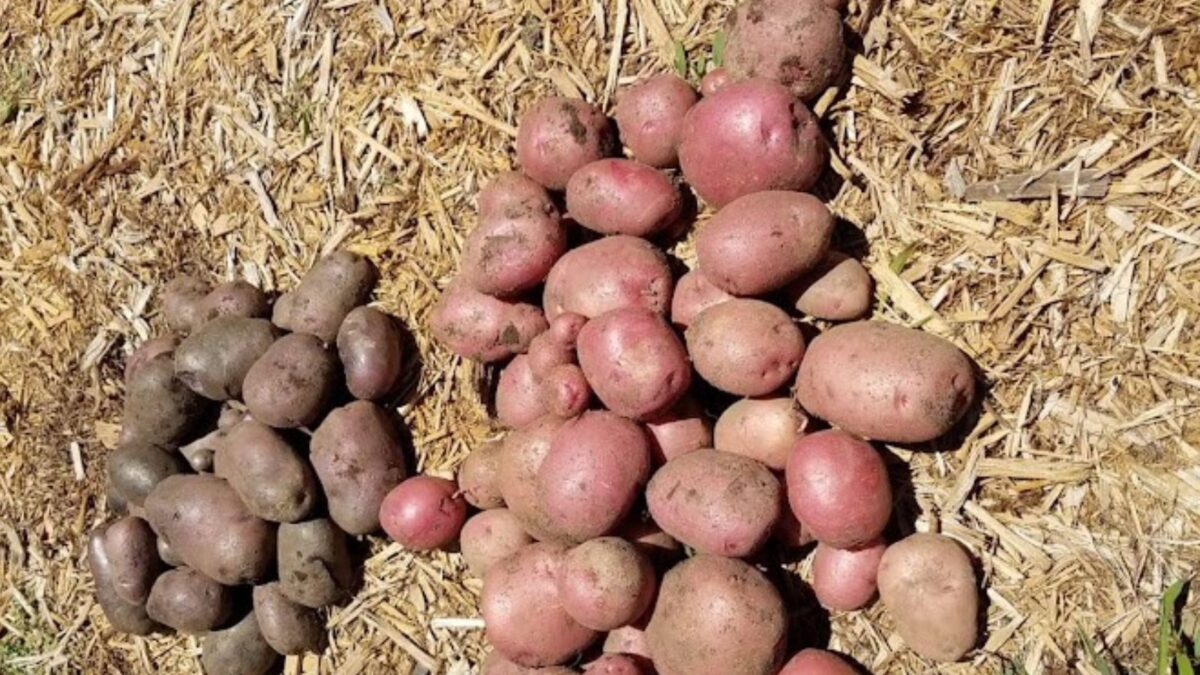
Different plants will be picked in different ways when it comes to harvesting.
Pick the cauliflower as soon as their head forms. If you leave it too long, the florets will begin to separate. It will taste fine, but it won’t look that great.
Watch the broccoli: if you don’t harvest it on time, the head will flower. This makes broccoli unpleasant.
Brussels sprouts ripen upwards from the bottom of the plant unless you are growing a hybrid that will produce all the sprouts at once.
With vegetables such as beans and peas, picking little and often is the key. The more you pick, the more they will flower and produce.
Main crop potatoes will all come in one go. Once they start to flower, you will know that tubers are forming. We usually wait until the haulm (stem) is dying back before we harvest. You can take first earlies as you want them from about 10 weeks, (8 weeks for the rocket variety).
Carrots will be fine in the ground. But for convenience, you may want to dig them up and store them in damp sand in a dark place. Leave parsnips until after a frost.
Zucchinis come thick and fast as long as you feed the plant and pick them small. As for pumpkin and squash, you need to pinch some of the flowers and only let e few grow to maturity.
Onions will be ready when their leaves bend over and you’ll harvest them all together.
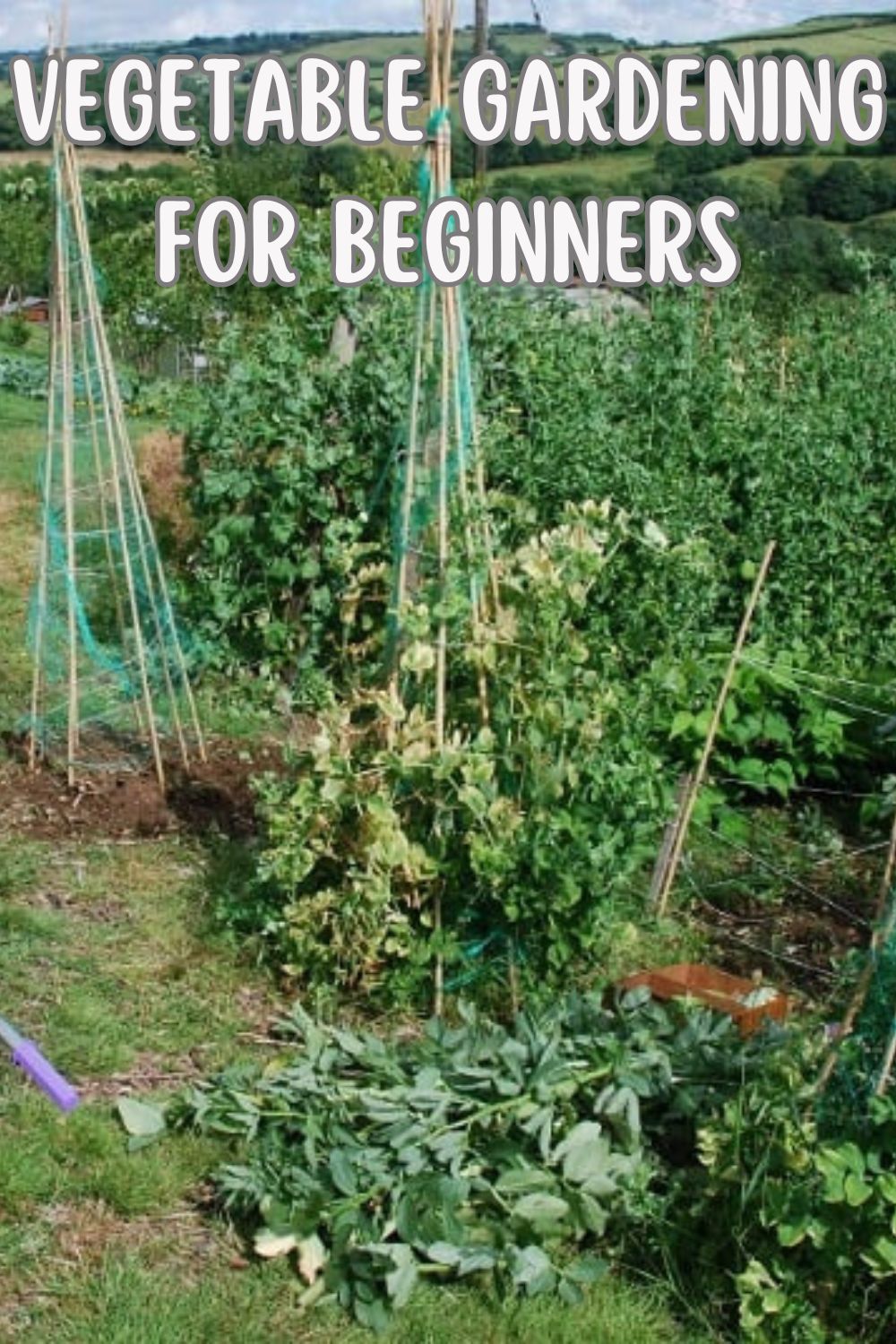

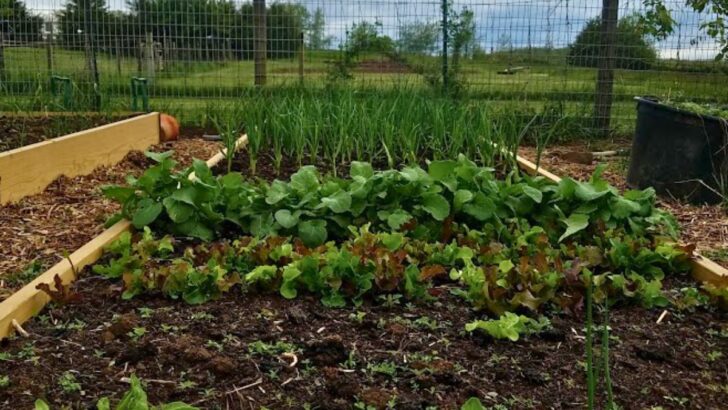


How To Plan A Vegetable Garden - Step By Step Instructions
Thursday 14th of October 2021
[…] vegetable garden doesn’t have to be huge to be productive. It’s surprising what you can grow in the smallest of gardens. Raised beds are a good idea, and container gardening is easy and becoming more […]
Eat (and Grow!) Your Greens On Fresh Veggies Day, June 16
Wednesday 16th of June 2021
[…] traveled the shortest distance to get to your kitchen, so consider seasonality. Start with your own vegetable garden or the local farmers market, if […]
Backyard Vegetable Garden Ideas
Saturday 6th of March 2021
[…] Vegetable Gardening For Beginners – A Complete Guide […]
Creative Garden Edging Ideas And Tips
Tuesday 24th of November 2020
[…] Stone works well in a wide variety of garden styles, especially woodland and cottage, and it can be used in several ways. The simplest method is to line up large rocks – about softball size or larger – in a single or double row along a curving edge. This is a great way to use up all of the stones you pull out of the vegetable garden! […]
Easy Garden Crops For Instant Gratification
Sunday 15th of November 2020
[…] you don’t have much space there are ways you can grow a good selection of crops in a small vegetable garden, and here you’ll find some good first vegetable garden […]